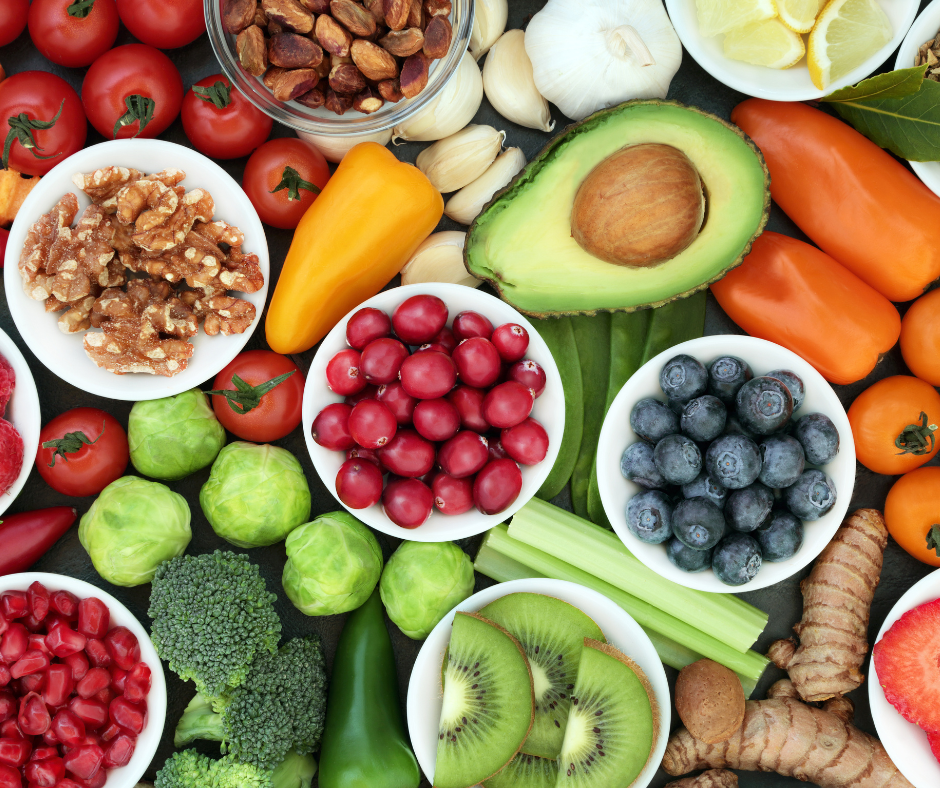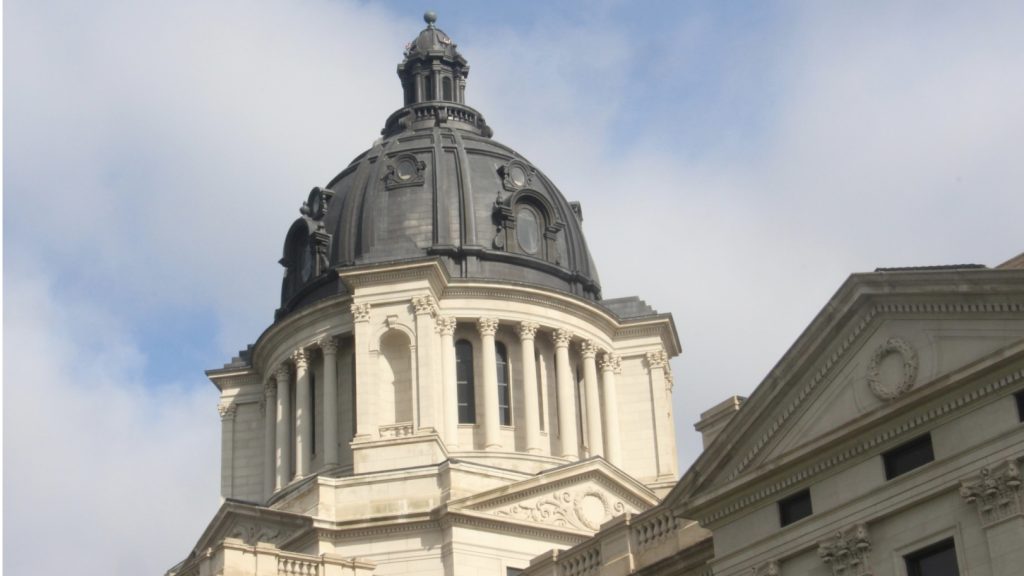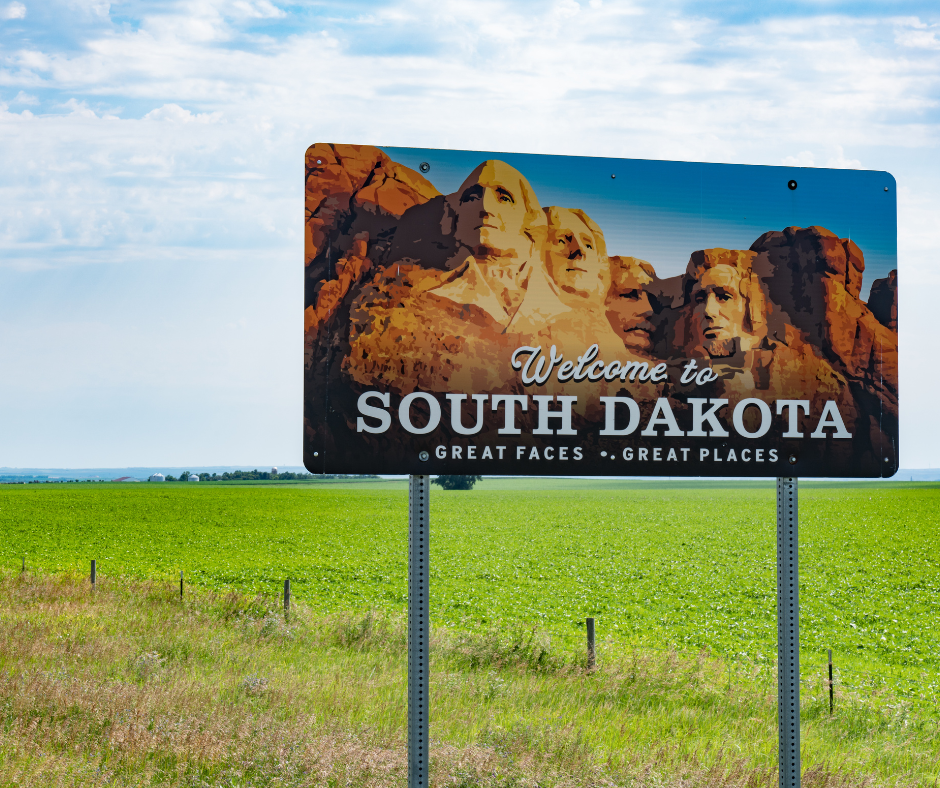The first 100 days of President Trump’s second term in office were a whirlwind. From signing a record number of executive orders – 143, to be exact – to waging war on radical gender ideology, overhauling DEI in the federal government, securing the border, and ending federal funding of abortion, Trump arguably accomplished more in his first four months than any other president in recent history. One specific element of the Trump administration that has made incredible strides since the inauguration is the Make America Healthy Again (MAHA) Commission, which Trump charged Robert F. Kennedy Jr. with leading after he was sworn in as Secretary of Health & Human Services (HHS). Kennedy was instructed to “focus on addressing the root causes of America’s escalating health crisis, especially childhood chronic disease.” Here are four important steps the MAHA movement took during Trump’s first 100 days:
SNAP Reforms
The MAHA movement is primarily responsible for kickstarting the national effort to rethink the foods available under the Supplemental Nutrition Assistance Program (SNAP). “We shouldn’t be subsidizing people to eat poison,” Kennedy shared on Fox News. Soft drinks are the item most frequently purchased with food stamps by the 41 million Americans who use the program. Roughly 23% of all purchases are used to buy “junk food” like sweetened beverages, candy, desserts, and other unhealthy snacks, costing taxpayers $25 billion per year.
“Taxpayers are projected to spend $240 billion on junk food, with more than $60 billion going exclusively to soda, over the next decade,” Marco Rubio stated.
Not only should taxpayers not be footing the bill for unhealthy foods, those purchases also contribute to the obesity and diabetes crisis. Individuals who are on SNAP have a higher obesity rate than individuals with similar incomes who are not. That should matter to the average American, not just because we should all want our nation to be healthy, but because in 2015 and 2016 alone, Medicaid and other taxpayer-funded health programs spent about $60 billion each year on obesity-related treatments.
Dr. Jay Bhattacharya, Director of the National Institutes of Health, authored a paper that estimated that “cutting out sugary drinks from the food stamp program would save 141,000 kids from obesity and 281,000 adults from type 2 diabetes.”
This is a common-sense reform that could save American taxpayers hundreds of billions of dollars over the next decade and take a major step toward solving the obesity and diabetes crisis in our nation. In addition to federal legislation aimed at making SNAP more nutritious, 10 states are currently considering implementing food stamp reforms at the state level.
Making School Lunches Healthy Again
Agriculture Secretary Brooke Rollins is on board with the MAHA movement, working closely with the HHS to ensure American food products are safe and healthy. “The bottom line is this: We have to make sure that the food that we’re putting into the supply chain is safe and it is healthy for our people and, frankly, for the world,” Rollins shared. “But we also have to make sure that America, through food security, can provide and be the most secure nationally in the world.”
Rollins added that she and Kennedy are working “arm in arm” to make school lunches healthier and more nutritious for students.
Investigating Autism
Last month, Kennedy launched an initiative to investigate the “autism epidemic.” The CDC estimates that 1 in every 36 children has autism, which represents an over 300% increase since 2000.
“We’ve launched a massive testing and research effort that’s going to involve hundreds of scientists from around the world,” Kennedy declared in early April. “By September, we will know what has caused the autism epidemic, and we’ll be able to eliminate those exposures.”
Banning Food Dyes
The HHS and FDA announced a series of measures that will phase out six petroleum-based synthetic dyes (Red 40, Blue 1 and 2, Yellow 5 and 6, and Green 3) by the end of 2026 and authorize four new natural color additives in the coming weeks, such as gardenia blue and butterfly pea flower extract. The measure will also revoke authorization of Citrus Red No. 2 and Orange B in the next few months, and request that food companies phase out Red No. 3. Additionally, the NIH has been commissioned to “conduct comprehensive research on how food additives impact children’s health and development.”
“For too long, some food producers have been feeding Americans petroleum-based chemicals without their knowledge or consent,” Kennedy noted. “These poisonous compounds offer no nutritional benefit and pose real, measurable dangers to our children’s health and development. That era is coming to an end. We’re restoring gold-standard science, applying common sense, and beginning to earn back the public’s trust. And we’re doing it by working with industry to get these toxic dyes out of the foods our families eat every day.”
No matter where you land on the political spectrum, these are four non-partisan initiatives we should all be able to get behind. It’s time to Make America Healthy Again.






